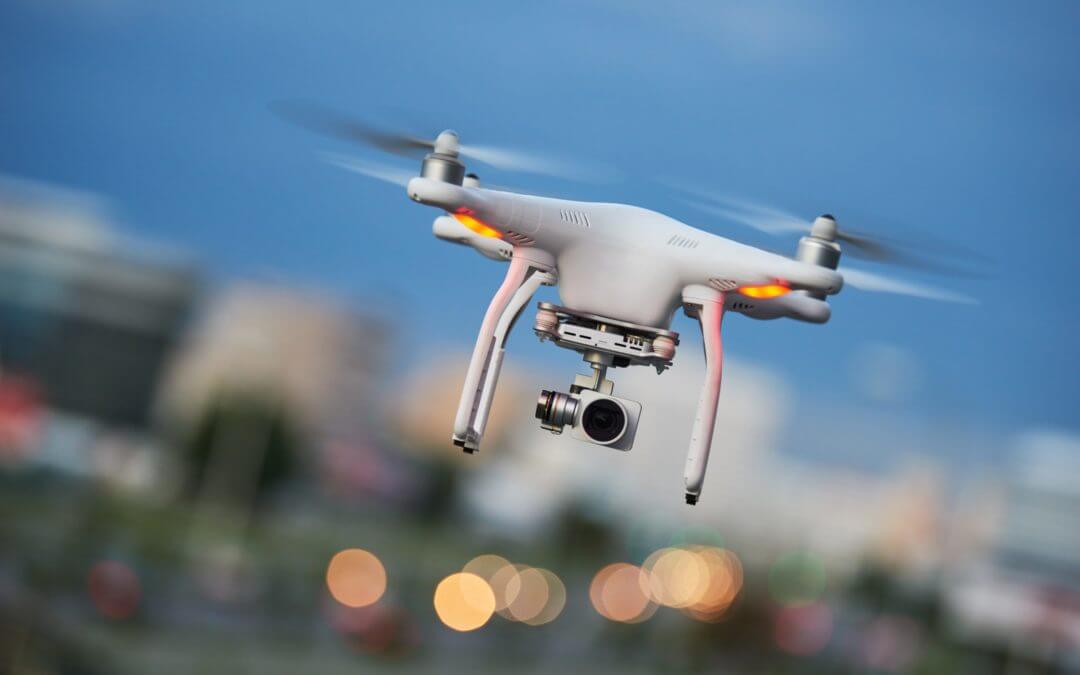One of the biggest problems we see in the drone industry, because it is so new, is that most organisations (also new to the drone industry) think that an effective drone program is all about the drone.
But it’s not. It’s just one component, and in many ways is the least important.
The drone (also known as an “unmanned aircraft” or “remotely piloted aircraft”) is one part of a physical system that comprises several key components. The others include payload, data analysis, people and ground control systems, which we will discuss in upcoming blogs.
As we discussed in a previous blog “The first step is not about the drone”, choosing the drone is not the start of the journey, it’s about figuring out the problem you are trying to solve.
But once you know the problem, you can design your solution, including getting the right type of drone for your operation.
There are 3 main types of drones
The unmanned air vehicle/drone is the thing that flies, crawls or swims. It might be a quadcopter, a crawling robot or a submarine, but the unmanned vehicle itself is just a commodity: It moves the payload around and it is the payload that generates data or delivers effects.
The main drone types include fixed-wing systems and multirotor systems. The majority of existing drones can be defined within these two categories. Other systems, like hybrid systems and ornithopters, are other types of drones.
Let’s take a look at the differences.
- Fixed-wing systems
Fixed-wing is a term mainly used in the aviation industry to define aircraft that use fixed, static wings in combination with forward airspeed to generate lift, such as airplanes, kites that are attached to the surface and hang gliders or paragliders. Even a simple paper airplane can be defined as a fixed-wing system.
- Multirotor system
Multirotor systems are a subset of rotorcraft. A popular example of a rotorcraft is the traditional helicopter. Commonly, these drones use at least four rotors to keep them flying.
Differences between fixed-wing drones and multirotor drones are important
for the different applications consumers want to use the drone for.
For example, multirotor drones do not need a landing strip, make less noise than their fixed-wing counterparts and can hover in the air. While, fixed-wing drones can fly faster and are more suitable for long distances than their multirotor counterparts. These characteristics determine what drone to use for a specific application.
- Other systems: Hybrids
Some types of drones cannot be labeled as a fixed-wing or a multirotor drone because simply they are neither fixed-wing nor multirotor, or because it has characteristics of both types.
Hybrid systems have characteristics of both multirotor and fixed-wing systems, for example, the hybrid quadcopter uses multiple rotors to take-off and land vertically, but also has wings so it can fly longer distances.
INTERESTING FACT: Drones that are neither fixed-wing nor multirotor systems are far less common. An example of such a drone is the ornithopter. These drones fly by mimicking wing motions of insects or birds. Most of these ornithopters are scaled to the birds or insects they represent. These small drones are mostly still under development and are not widely used in practice. At present there is a drone under development that will eventually represent a fly, both in size and movement.
Drones that use jet engines are neither fixed-wing nor multirotor. For example, the T-Hawk drone uses a turbo fan, making it look more like an unmanned (hydro)jetpack thank anything else.
To give a more complete picture, unmanned balloons (filled with for example
hot air, helium, or hydrogen) are mentioned here as well. Unmanned balloons are a special kind of unmanned aircraft, but are not commonly seen as drones. The same goes for rockets and jetpacks.
Conclusion
It’s really important to understand that the actual drone itself is merely one component of the overall unmanned air vehicle project. Different drones have different capabilities depending on the problem you are trying to solve and needs that come with the solution you have designed.
If you need help choosing the best drones for your organisation and operation, and you need to develop an effective drone program, book a consultation with the team at Mirragin today by emailing admin@mirragin.com.au.
Or to find out more about drones and their future in business, subscribe to our podcast.

